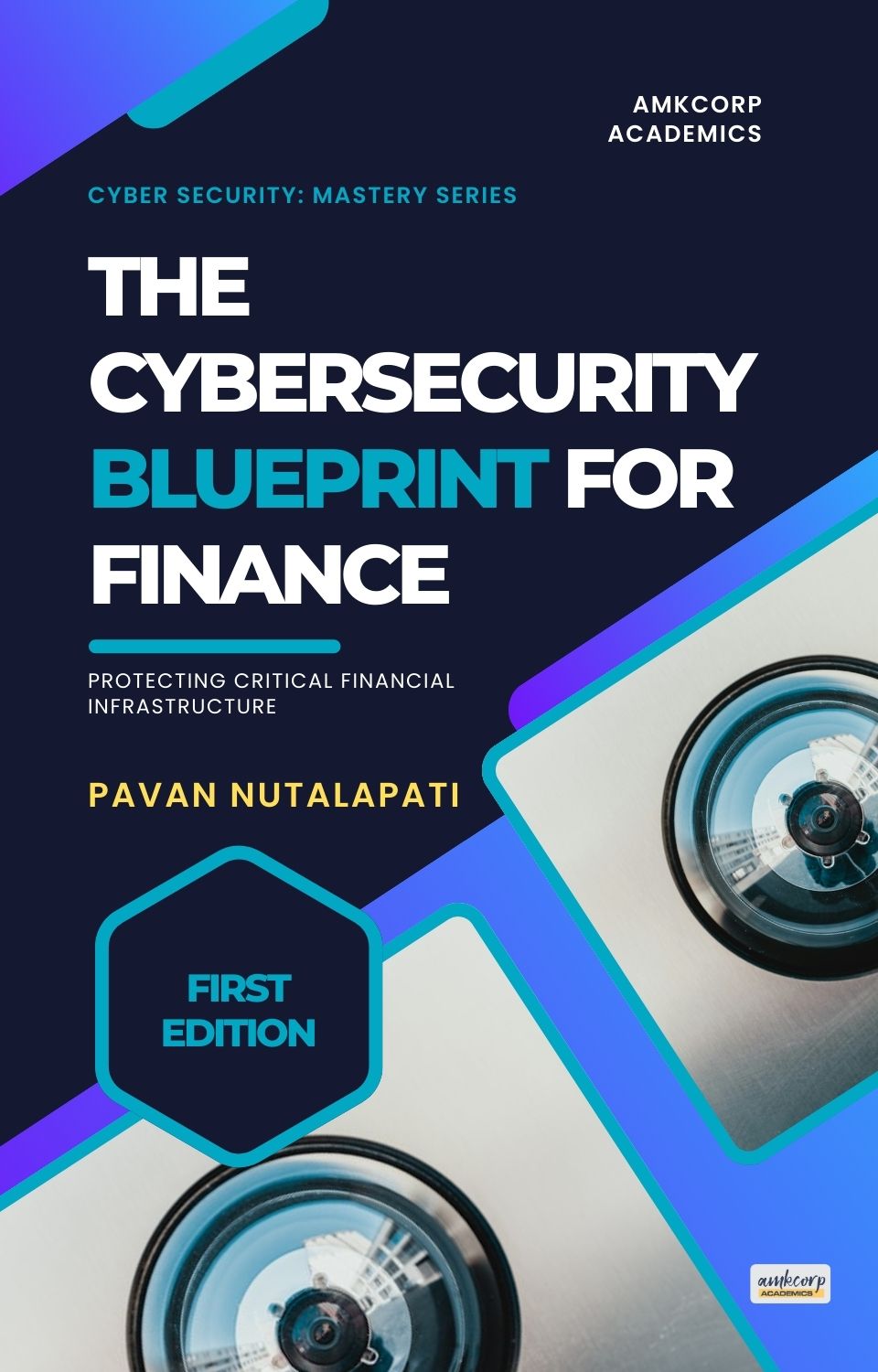Description
In today’s increasingly digitized world, financial institutions face an unprecedented level of cyber threats that can compromise critical infrastructure and disrupt the global economy. “The Cybersecurity Blueprint for Finance: Protecting Critical Financial Infrastructure” is a comprehensive guide designed to help financial professionals, cybersecurity experts, and decision-makers navigate the complex and evolving landscape of financial cybersecurity. The book offers deep insights into the critical elements needed to safeguard financial institutions against the growing array of cyber threats.
The book starts by exploring the evolution of cyber threats in finance and the urgent need to protect financial infrastructure. It outlines the regulatory and compliance landscape that financial institutions must navigate, ensuring that readers understand the legal and ethical obligations in maintaining robust cybersecurity standards. Through the first few chapters, readers will gain a detailed understanding of the key components of financial cybersecurity, including a breakdown of the attack surface in financial systems and the anatomy of cyberattacks targeting the sector.
The book goes on to provide an in-depth analysis of various types of cyber threats facing financial institutions today, from insider threats to large-scale attacks on financial markets. It includes case studies of notable cyber incidents to illustrate the real-world consequences of failing to secure financial systems, and offers insights into how cyber intelligence can be leveraged to predict and mitigate future threats.
Another core focus of the book is regulatory compliance. Financial institutions operate in a highly regulated environment, and the book dedicates an entire chapter to explaining the key regulations governing financial cybersecurity, such as PCI DSS, SOX compliance, and the challenges of navigating global regulations. The discussion emphasizes the importance of building a compliance-driven cybersecurity strategy and the heavy costs of non-compliance.
A critical component of the book is its step-by-step guidance on building a comprehensive cybersecurity strategy for financial institutions. It details the process of assessing cybersecurity risks, developing frameworks, and aligning cybersecurity objectives with broader business goals. Furthermore, it emphasizes the importance of continuous improvement, crisis management, and incident response planning.
Chapters dedicated to securing financial data and transactions explore advanced encryption techniques, blockchain applications, and strategies for safeguarding customer data and ensuring data integrity. The book also delves into the importance of identity and access management (IAM) in finance, covering crucial topics like multi-factor authentication (MFA), role-based access control, and identity management in cloud-based services.
The later chapters tackle the complex task of securing financial networks and infrastructure, including strategies for protecting against DDoS attacks, securing cloud infrastructure, and managing network security. Emerging financial technologies such as fintech, AI applications, and quantum computing are addressed, highlighting their unique cybersecurity challenges and solutions.
Finally, the book discusses risk management strategies and outlines the future of financial cybersecurity, ensuring that readers are prepared to meet the cybersecurity challenges of tomorrow. Packed with practical insights and actionable strategies, “The Cybersecurity Blueprint for Finance” is an essential resource for anyone involved in protecting the financial sector from evolving cyber threats.







Reviews
There are no reviews yet.